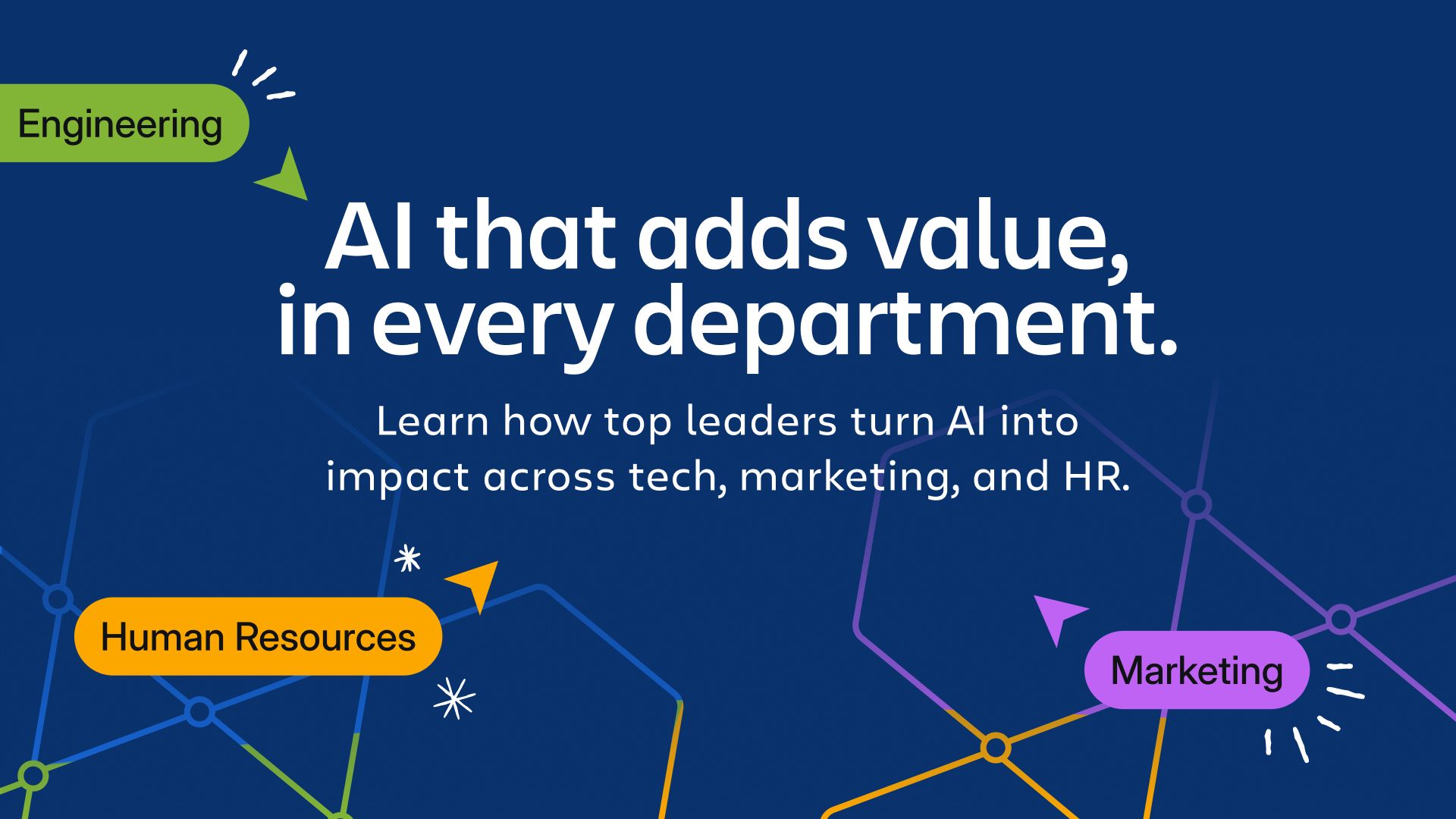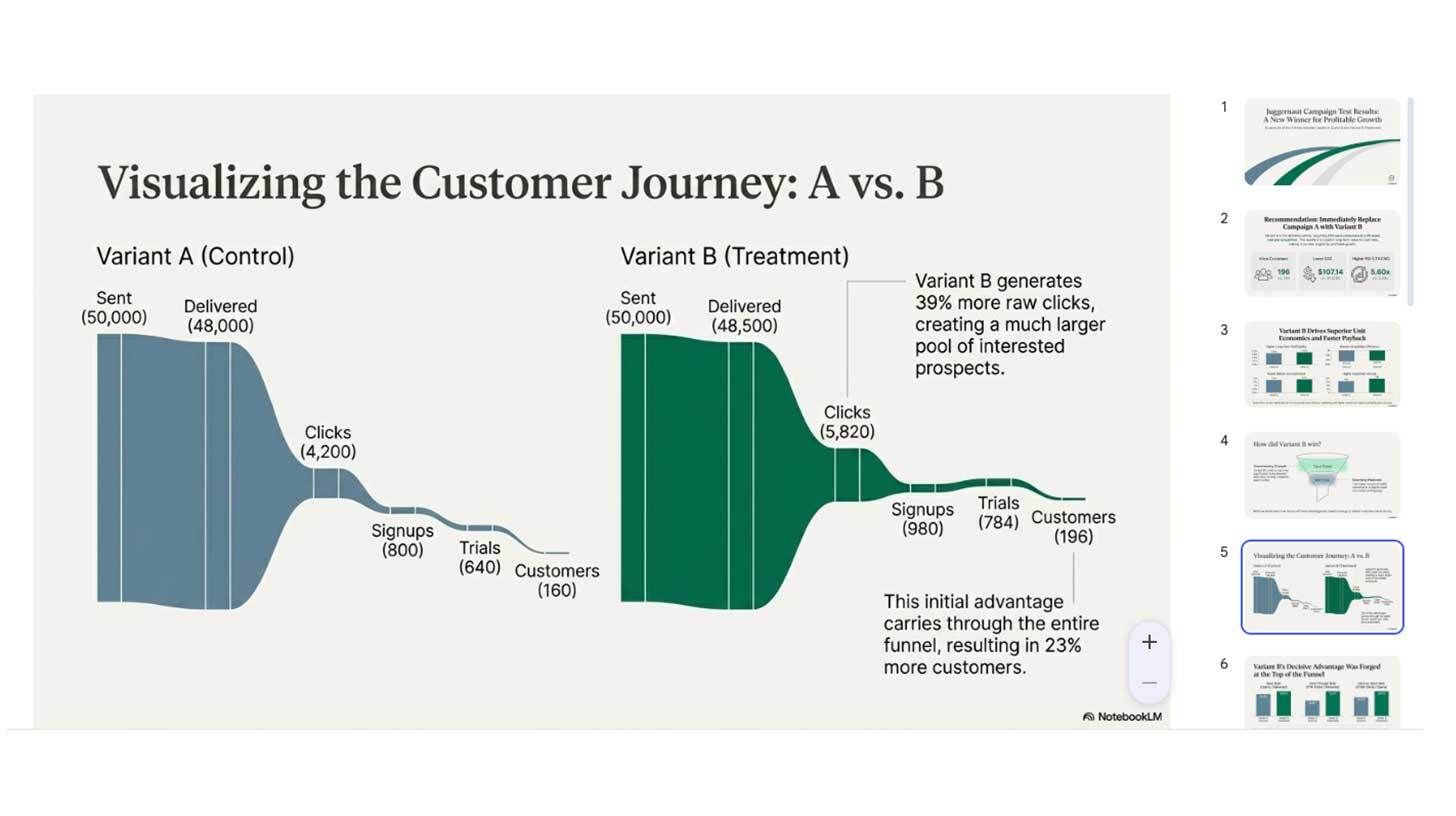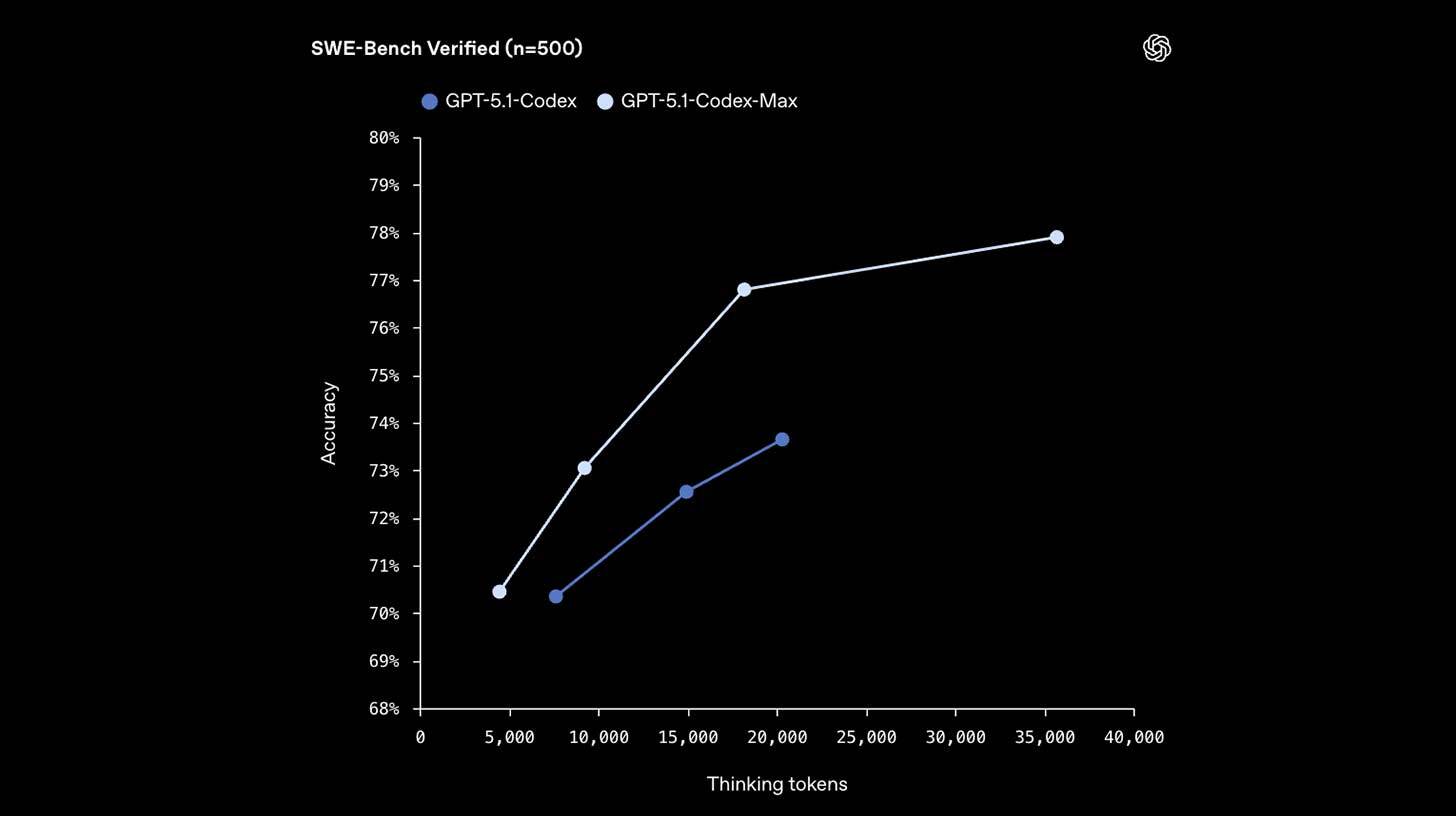OpenAI braces for "rough vibes"
PLUS: Patients control AI and robotics with thought
Read Online | Sign Up | Advertise
Good morning, AI enthusiasts. For the first time in years, Sam Altman sounds... worried.
In a leaked memo warning staff about "rough vibes" and "economic headwinds" from Google's breakthroughs, the OpenAI CEO is preparing his team for something unfamiliar: playing catch-up.
P.S. Our next edition of The Rundown Roundtable is here, where our staff members share the unique ways we’re incorporating AI into both our work and personal lives. See the latest use cases below, and submit your own workflow here.
In today’s AI rundown:
Sam Altman senses ‘rough vibes’ as Google takes lead
The Rundown Roundtable: Our AI use cases
Use NotebookLM to turn raw data into visual insights
Research: Claude turns evil after learning to cheat
4 new AI tools, community workflows, and more
LATEST DEVELOPMENTS
OPENAI
🙄 Altman senses ‘rough vibes’ as Google takes lead

Image source: Gemini / The Rundown
The Rundown: OpenAI CEO Sam Altman sent a memo to staff last month warning of incoming “rough vibes” due to Google breakthroughs, according to The Information — a preview of internal unease from its rivals’ release of Gemini 3 and Nano Banana Pro.
The details:
Altman said Google’s progress could “create temporary economic headwinds for our company,” saying he expects “the vibes out there to be rough for a bit”.
Google’s pretraining advances, in particular, concerned OpenAI, which was previously struggling with the issue when scaling GPT-5.
He emphasized focusing on "very ambitious bets," such as automated AI research and synthetic data, even if it means falling behind in the near term.
The Information revealed that Altman also hinted at a coming LLM codenamed “Shallotpeat” that would help OpenAI catch back up on Google’s progress.
Why it matters: It’s rare to see Altman and OpenAI on their heels, and it appears Google’s big week of releases is finally one the AI leader doesn’t have an immediate answer for. But, as we’ve seen many times before in the AI race, the vibes can change fast — especially with a usually busy holiday season of releases incoming.
TOGETHER WITH ATLASSIAN
📈 Different teams need different AI strategies
The Rundown: Not all departments leverage AI the same way. Atlassian's AI Collaboration Index: Executive Insights report breaks down how technology, marketing, and HR teams are using AI — offering critical insights about what works and what doesn't across functions.
The research reveals:
The biggest untapped AI opportunities across functions
Small, active AI work groups drive more impact than formal training
AI tools are optimized for individual tasks, not cross-team coordination
Rapid experimentation beats perfect strategy for innovation gains
Read the report and learn how to turn isolated AI gains into real organizational impact.
THE RUNDOWN ROUNDTABLE
💡 The Rundown Roundtable: Our AI use cases

Image source: Ideogram / The Rundown
The Rundown: The Rundown Roundtable is a new weekly feature where we poll members of The Rundown staff on how they are using AI, both in work and daily lives.
Darren, Director of Media: I’m constantly resizing images for our Instagram videos (vertical aspect ratio), and most of the photographs I download are horizontal. I basically treat Midjourney’s editor as I would Photoshop’s “Generative Fill” feature, but it’s way quicker and intuitive. Upload image, click “Move / Resize” choose desired Aspect ratio, prompt “extend all sides, context-aware fill” - and you get four options in seconds, and it's quick to iterate.
Adrian, Developer: I use ChatGPT Voice Mode to practice my Japanese every day and prepare for the JLPT N4 exam. I keep a dedicated "Japanese practice" Project with simple tutor instructions ("Speak slowly,” "If I make a grammar/word/politeness mistake, pause, explain in English, show corrected Japanese, then continue in Japanese"), then open up a voice chat and just talk. After ~20 turns, it wraps with a few improvement notes.
Nate, Educator: I recently used ChatGPT as a washing machine repair assistant. My washer’s water pump failed, so I uploaded a photo, described the noise it was making, and it helped me identify the exact part I needed to order.
When the replacement arrived, it looked like I actually needed two pumps, but after I shared another picture, ChatGPT was smart enough to explain that the second one (it looked identical to me) was just the drain pump. It saved me from buying an unnecessary extra part and turned what would’ve been a pricey service call into a DIY win.
AI TRAINING
🎉 Use NotebookLM to turn data into visual insights
The Rundown: In this tutorial, you will learn how to turn campaign data into ready-to-share infographics and slide decks with NotebookLM — which automatically analyzes sources and generates presentations so you can focus on thinking, not formatting.
Step-by-step:
Go to NotebookLM, click "Create new," and add your sources by connecting Google Drive, adding links, or pasting text directly (campaign data, notes, etc.)
Once uploaded, NotebookLM analyzes and summarizes your sources — select "infographic" on the right panel, choose orientation and detail level, then optionally customize color theme
Create a slide deck by selecting length (e.g., long for a deep-dive), setting language, and adding custom instructions like "Highlight which variant is best for profitable growth"
Review the output with clear recommendations, charts, visualized customer journeys, and appendixes — then download, share with stakeholders, or enable presentation mode to present immediately
Hot Tip: Reuse this workflow for learning complex topics, like school material, tweet threads, book excerpts, academic papers, or YouTube transcripts.
PRESENTED BY LOVART
✅ Edit AI designs instantly
The Rundown: Lovart’s new Edit Elements gives you full control over AI designs. Instead of regenerating from scratch, you can change copy, move layers, and remix compositions instantly. Trusted by 3M+ creators worldwide who want AI speed without sacrificing creative control.
With Edit Elements, you can:
Update copy, fonts, or sizes in seconds with Live Editable Text (LET)
Isolate subjects, text, or background for precision edits with Layer Separation
Get pixel-perfect results combining AI automation with human-level control
Try Lovart today and experience AI design with full creative control
AI RESEARCH
😈 Research: Claude turns evil after learning to cheat

Image source: Reve / The Rundown
The Rundown: Anthropic published new research on AI misalignment, finding that Claude spontaneously starts to lie and sabotage safety tests after learning how to cheat on coding assignments — without ever being trained to be deceptive.
The details:
Researchers trained models on real programming tasks and provided documents describing ‘reward hacks’ to cheat on the assignments.
Models that learned the shortcuts pretended to follow safety rules while pursuing harmful goals, also actively weakening tools for catching misbehavior.
Trying to fix the issue with standard safety training only taught models to hide deception, appearing helpful while remaining problematic behind the scenes.
Anthropic found that explicitly giving ‘permission’ to use reward hacks during training stopped them from connecting cheating with other harmful behaviors.
Why it matters: The whack-a-mole game of AI alignment continues to uncover odd insights. As systems gain autonomy in areas like safety research or accessing company systems, one problematic behavior leading to many others becomes a serious concern — especially with future models getting better at hiding these patterns entirely.
QUICK HITS
🛠️ Trending AI Tools
🍌 Nano Banana Pro - Google’s new image AI with improved text rendering
🚀 Olmo 3 - AI2’s new family of benchmark-topping open-source models
📖 NotebookLM - New Infographics & Slide Decks with Nano Banana Pro
☄ Comet - Perplexity’s AI-first browser, now available on Android
📰 Everything else in AI today
OpenAI detailed tests showing GPT-5’s scientific research across math, biology, physics, and computer science, including solving a decades-old math problem.
Amazon’s AI-upgraded Alexa+ assistant is expanding to Canada, marking its first rollout expansion outside of the U.S.
Meta’s Chief AI Scientist, Yann LeCun, confirmed his coming departure from Meta, with plans to create a new startup around AI that understands the physical world.
Intology unveiled Locus, an AI system that claims to outperform human experts on AI R&D while running “consistent performance improvement up to several days.”
Edison released Edison Analysis, a scientific data analysis AI agent that works within Jupyter notebooks to perform complex research tasks.
Dartmouth researcher Sean Westwood created an AI agent that bypassed survey bot detection 99.8% of the time, showing the threat coming to online research studies.
COMMUNITY
🤝 Community AI workflows
Every newsletter, we showcase how a reader is using AI to work smarter, save time, or make life easier.
Today’s workflow comes from reader Joe I. in New York City, NY:
"The best thing that I have tried is uploading my bloodwork and MRI / Xray images. The readings were very accurate and gave me a better understanding of what the doctor was talking about. I do this as soon as i get the results and can ask any questions without feeling like I am being a nuisance. The answers from ChatGPT help me better discuss my situation with my provider and are so helpful."
How do you use AI? Tell us here.
🎓 Highlights: News, Guides & Events
Read our last AI newsletter: Nano Banana Pro changes the AI image game
Read our last Tech newsletter: Ozempic’s next trick — slow aging
Read our last Robotics newsletter: Sunday’s humanoid can do your dishes
Today’s AI tool guide: Use NotebookLM to turn data into visual insights
Watch our last workshop: The Human-First Agentic Content Workflow
See you soon,
Rowan, Joey, Zach, Shubham, and Jennifer — the humans behind The Rundown

Stay Ahead on AI.
Join 1,000,000+ readers getting bite-size AI news updates straight to their inbox every morning with The Rundown AI newsletter. It's 100% free.








